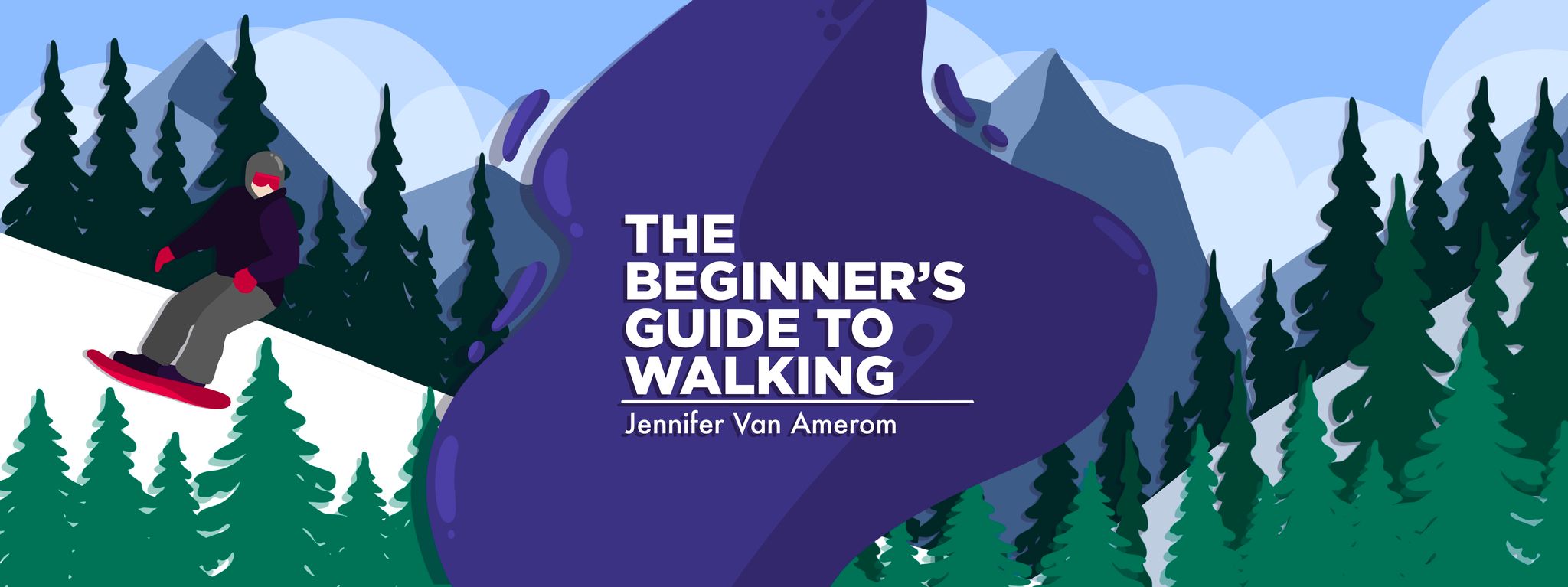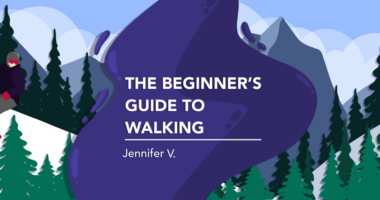Understanding the Potential Risks of Alcohol as a Woman With NMO

I know it’s not a popular choice, but I enjoy sweet and tart zinfandel. I like the delightful pink color, and rosé is a snobby word that’s fun to say. Zinfandels should be enjoyed in the warm summer months, and are accompanied best by seafood.
Maybe it’s just the Canadian in me, but I’ll drink a glass of zinfandel anytime, even in the dead of winter.
National Wine Day
Today is National Wine Day in the U.S., and I, for one, feel it deserves a celebration. I have a love-hate relationship with wine. It’s responsible for both my best and worst moments. I’ll spare you the memories, which are incredibly embarrassing and hopelessly romantic.
There are several wine producers in Canada, specifically in the Niagara region. My husband and I favor one in particular, and we love to take a trip to the farm to enjoy their upscale barnyard restaurant and unique food pairings.
Alcohol and medications
It feels like a lifetime ago when my husband and I first partook in our regular wine escapades. Unfortunately, I know the exact moment I stopped enjoying wine.
I was two weeks out of the hospital following my first major neuromyelitis optica (NMO) attack, trying desperately to make life go back to the way it was. We attended a dinner function, and while the wine tasted good, it affected me greatly. I was dizzy and confused, and I couldn’t recall simple facts about my life.
According to the the U.S. National Institute on Alcohol Abuse and Alcoholism, about 30% of Americans consume at least one alcoholic beverage per day. That’s concerning, because a 2017 Consumer Reports survey found that 55% of Americans regularly take prescription medications — four on average.
Alcohol can have negative effects when combined with many common medications, including over-the-counter meds like cold and cough syrups or pain relievers like acetaminophen or ibuprofen.
Combining alcohol with certain medications can potentially affect us in one of two ways:
- Alcohol may interfere with how our medication is metabolized, which is called pharmacokinetic interaction.
- Alcohol may amplify the effects of the medication, such as further sedating us or numbing pain, known as pharmacodynamic interaction.
NMO, alcohol, and women
Many NMO patients take immune-suppressant medications in the hope that the treatment will prevent, or at least stall, any future attacks.
Gabapentin and Lyrica (pregabalin) are common medications prescribed to NMO patients. When mixed with alcohol, patients are at risk of dizziness, drowsiness, unusual behavior, and changes in mental health, and are at an increased risk of seizures.
What’s even less known is how alcohol affects men and women differently. A woman’s bloodstream typically reaches a higher alcohol concentration faster. Our bodies generally contain less water than men’s bodies, and water is needed to dilute the alcohol consumed.
This is all information NMO patients need to know, especially when more than 80% of people with the disease are women.
Making informed choices
Many of us with NMO make lifestyle changes to better manage our disease, such as improving our nutrition or cutting out alcohol. But we still need to enjoy life, which means we might enjoy some wine from time to time.
I’ve concluded that the occasional glass of zinfandel is a personal choice. It’s an informed choice, but one that is mine nonetheless. I believe in moderation for everything from sugar and red meats to alcohol.
Should you decide that alcohol isn’t for you anymore, that’s OK, too. There’s a large movement toward dry living.
The best we can do as patients is to understand what we’re consuming, talk with our doctors, and educate ourselves beforehand on how it may or may not interfere with our treatment plans.
Note: Neuromyelitis News is strictly a news and information website about the disease. It does not provide medical advice, diagnosis, or treatment. This content is not intended to be a substitute for professional medical advice, diagnosis, or treatment. Always seek the advice of your physician or other qualified health providers with any questions you may have regarding a medical condition. Never disregard professional medical advice or delay in seeking it because of something you have read on this website. The opinions expressed in this column are not those of Neuromyelitis News or its parent company, Bionews, and are intended to spark discussion about issues pertaining to neuromyelitis optica spectrum disorder (NMOSD).






